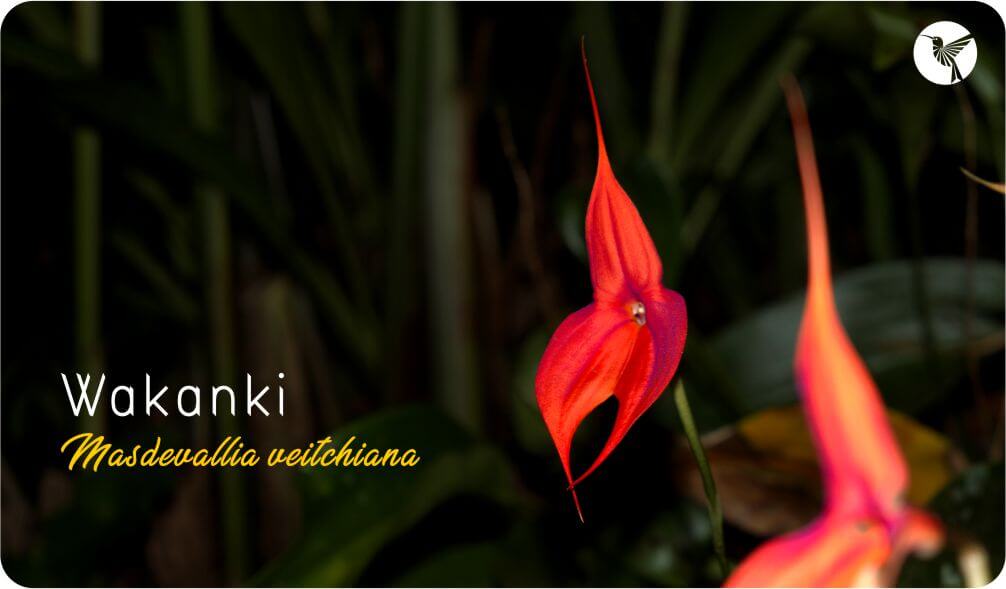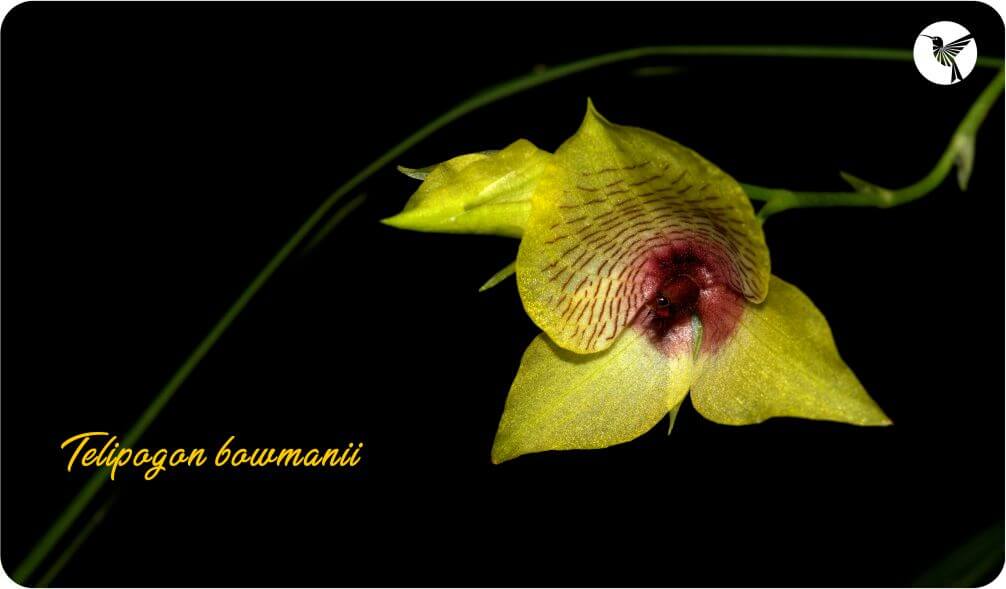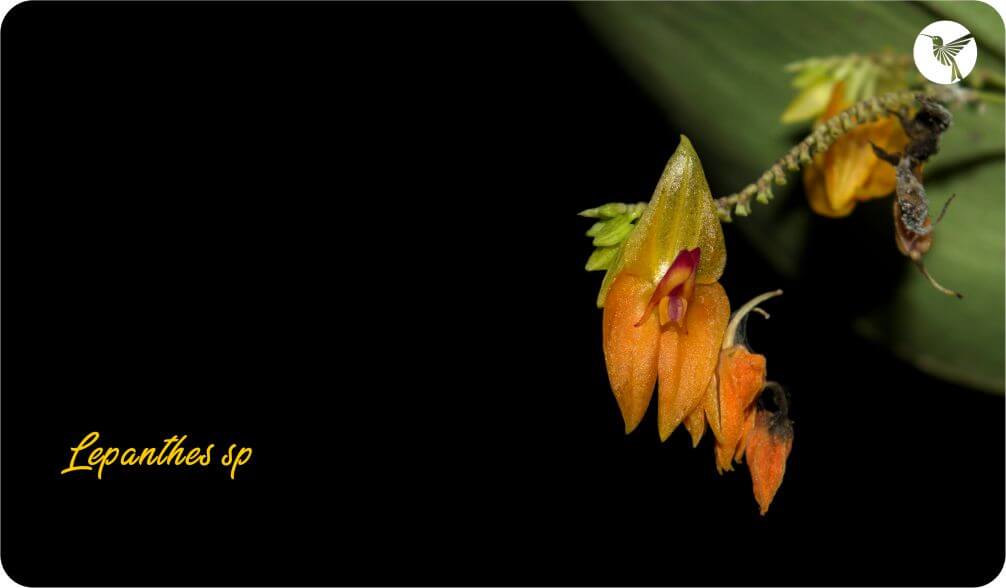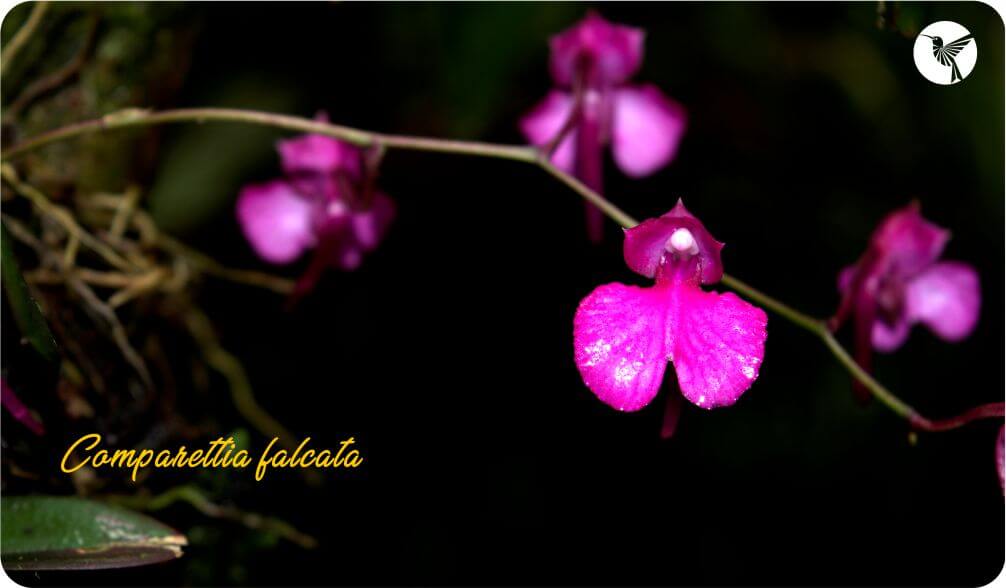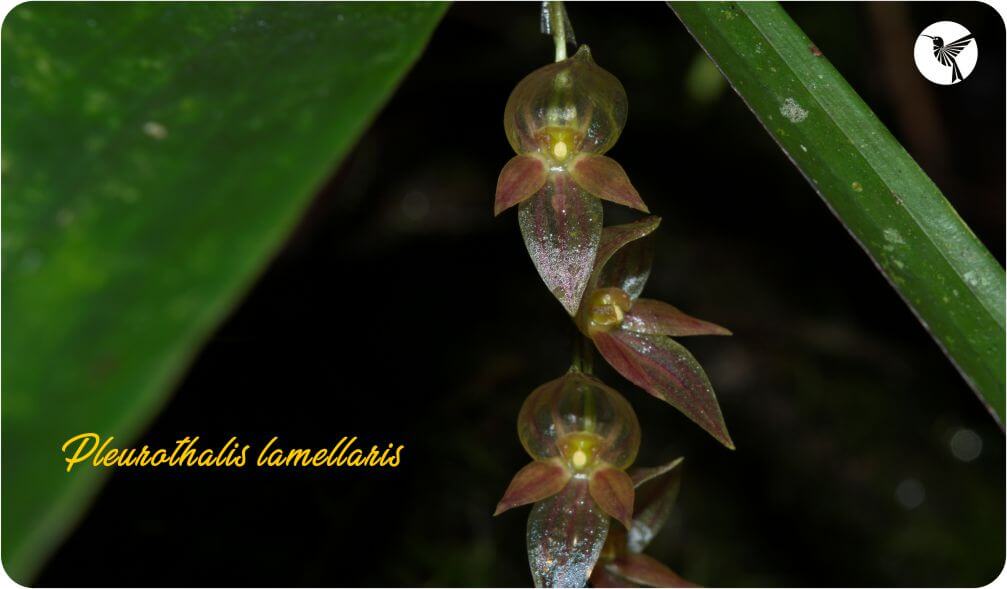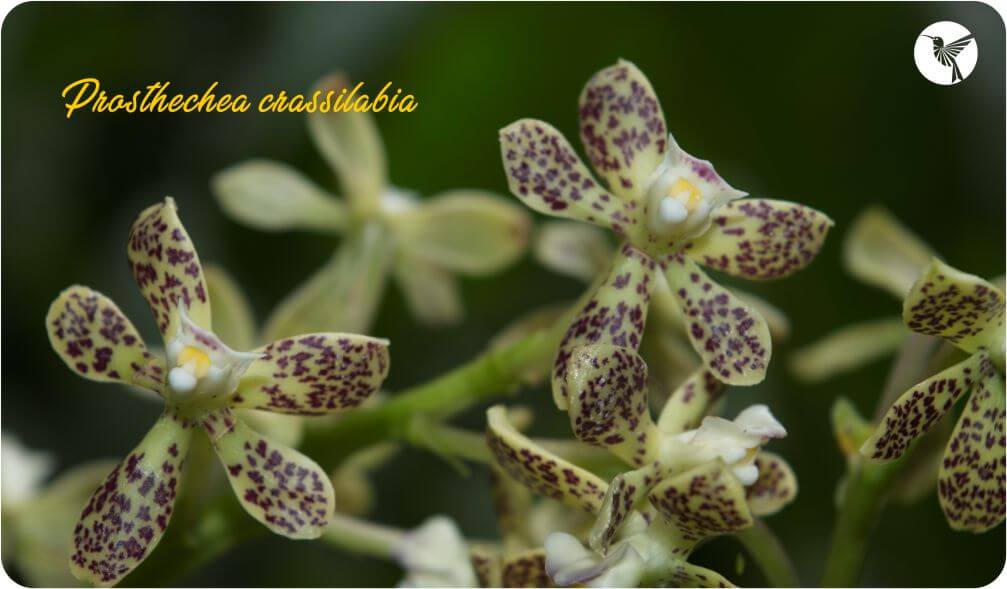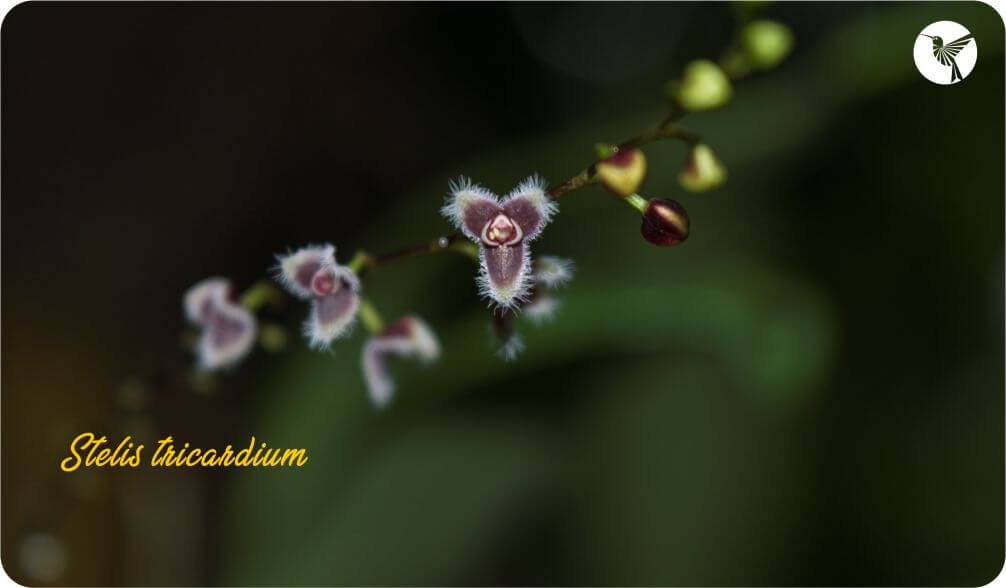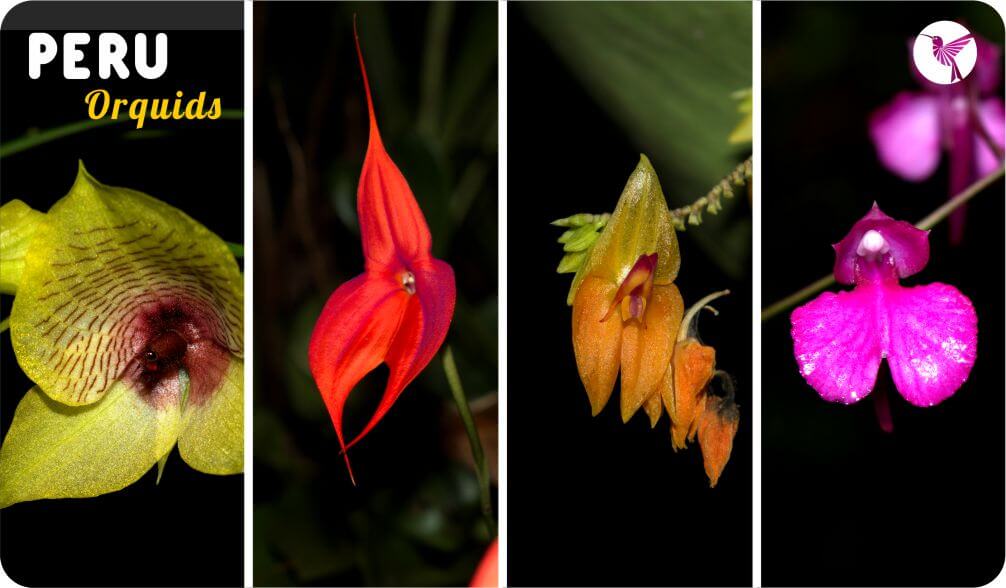Long before the Greeks, the ancient Chinese already knew about the orchids. However, it was the Greek philosopher Teophrast (ca. CA. 372 – 288 bC.) who first called this group of plants with the name of orchids, a Greek term that means testicle, in allusion to two protuberances at the base of the plant, which is presently called tuberoid.
Later on, the term orchis was used to give its name to the Orchis gender; a gender of on land growing orchids in Europe, and by extensión, that Greek root was applied to denominate all species of the Orchidaceae family (Orquidaceas, in spanish) as orchids.
Orchids in Peru’s History
In Ancient Peru, 3000 years A.C., the Chavin culture also knew a type of terrestrial and lithophyte orchid, the same as before in the región retains its Quechua name, “huaganku”, also know as the “huarinos flower”.
Currently points to Masdevallia amabilis with intense fuchsia flowers a few meters away from the Old Temple of Chavin. We can appreciate the stylized images of these flowers at the end of the tongue of two snakes with ondulating bodies, in a sculpture in high-relief, on the surface of a parallelipiped Stone, on the back Wall of the ancient temple of Chavin.


Archaeological Complex of Huiñay Huayna which owes its name to the Incas orchid, baptized as such by Julio C. Tello in 1942-1943
Pollination
One of the most fascinating phenomena of the orchids’s biology is related to the mechanisms of pollination; that is tos ay, the whole series of actions performed by the pollinator agent,in order to polinize an orchid’s flower. The insects are almost always in charge of pollination, with the predominance of Hymenoptera (bees and wasps), some Diptera (flies), Lepidoptera (butterflies and moths); others insects, and exceptionally, some Trochilidae (hummingbirds) and other birds.
Exposed Flower
Once the floral bud opens up completely, the labellum is extended like a runway, inviting the pollinator to land into it and it spontaneously secretes aromatic esscences and other substances that attract the respective pollinators. In other cases, they secrete néctar and oils, or a fine dust that looks like pollen and is called pseudopollen (fake pollen) which covers the labellum’s dorsal surface or towards its ápex. So, each species of orchid attracts a determined kind of pollinator. Therefore, they attract pollinators that collect essences or perfumes, néctar, pseudopollen, oils and other substances secreted by orchids.
Blooming Time
The orchid populations Bloom during determined months of the year, most blooming occurs in the rainy season; that is, from January to March, and their minor blooming season is during the dry months, between May and November.
A species can give flowers during one month, others more tan a month and finally, some can remain in Bloom almost all year long, as is the case of Epidendrum aff. Secundum.
